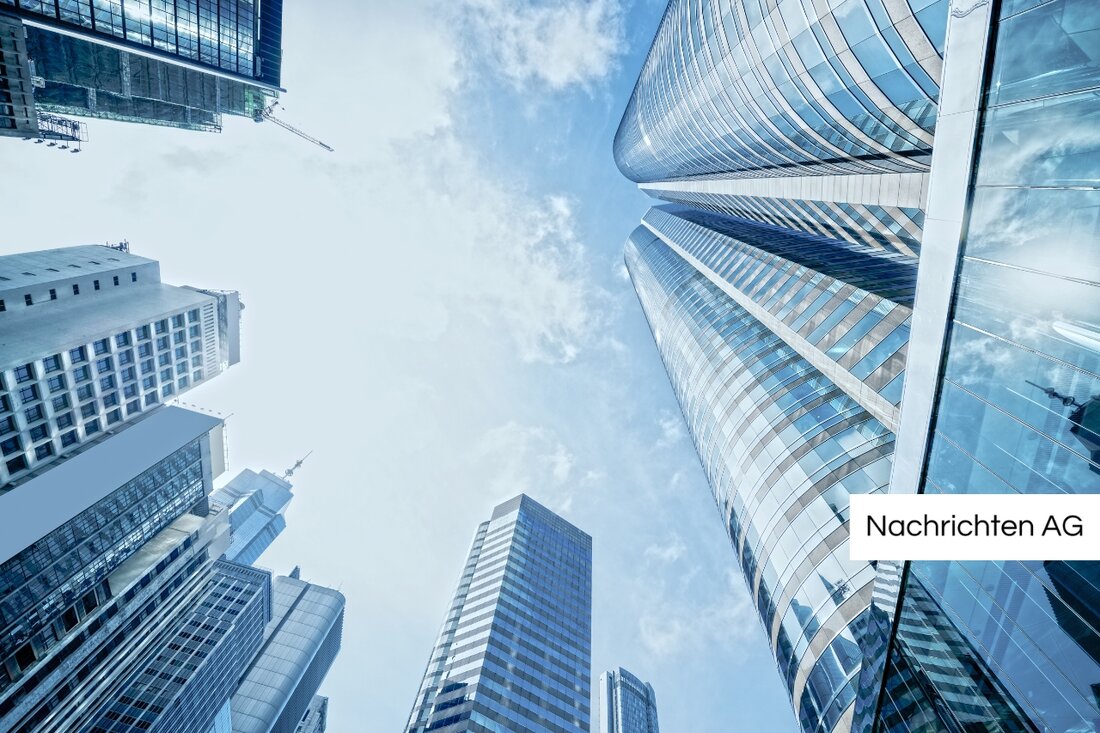Bavaria is fighting: 23 municipalities under pressure due to conversion ban!
Bavaria is experiencing a controversial conversion ban: 23 municipalities affected, over 40 new locations planned. The economy and housing are fluctuating.

Bavaria is fighting: 23 municipalities under pressure due to conversion ban!
In Bavaria there is great frustration and lack of understanding about the upcoming restructuring that will affect 23 municipalities. On November 6, 2025, it was announced that more than 40 locations in these cities would need to be rescheduled. This is happening as part of a reform that is necessary, among other things, because of the switch to sustainable energy. The affected municipalities are forced to forego planned residential projects and the associated trade tax income. The Bavarian District Council describes the decision as a “hard blow” for the municipal coffers and the general cityscape, which increases the pressure on decision-makers to act.
A particularly serious problem is the long-standing industrial and commercial wastelands, which not only signal loss of use but also visible deterioration. Despite the challenges, the Free State of Bavaria has launched initiatives to support municipalities affected by structural change processes. The focus here is on municipal urban renewal that also uses areas on underused railway facilities. Formerly industrial cities are under severe strain because many jobs have been lost and the decline and aging of the population poses new challenges for settlement and infrastructure planning, as stmb.bayern.de reports.
Development projects in focus
One of the outstanding projects is the renovation of the train station in Altötting, which is intended to promote the creation of living spaces. A funding program will, among other things, create four residential units for recognized refugees. At the same time, with the conversion of Hubland in Würzburg, a modern and green district is being developed on the former military site, where space for apartments and businesses will be created.
The “Neue Mitte” project in Altenstadt aims to transform a site that was previously used for industrial purposes into an urban residential and commercial landscape. Other municipalities such as Nuremberg have also established an urban place for art and culture by converting the AEG halls into a cultural workshop. According to the assessments of the regional planning units, these approaches should not only stimulate the economy, but also improve the quality of life of citizens.
Demographics and development opportunities
An interactive dashboard from the Competence Center for Regional Development (KRE) provides an overview of the demographic and economic development in German cities since the 1990s. Municipalities have developed differently, which leads to essential comparison and better planning. However, the challenges in Bavarian cities and communities should not be underestimated. The change in settlement structures, the decrease in the number of employees subject to social security contributions and the change in the migration balance all show how urgent the adjustments that need to be made in the next few years are bbsr.bund.de summarizes.
The planned changes can be the key to overcoming existing structural weaknesses and transforming them into sustainable development. It remains to be seen whether the municipalities and their citizens can emerge stronger from this challenge and whether they will be able to secure the quality of life and create new jobs.

 Suche
Suche
 Mein Konto
Mein Konto